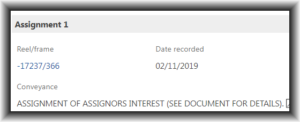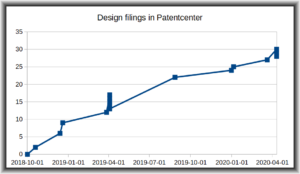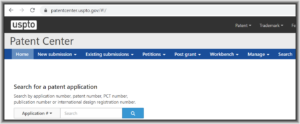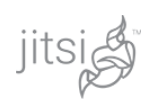
Recently the USPTO opened up access to Patentcenter to all users. (Previously it was open only to certain alpha and beta testers.) This prompted me to set up a new listserv for Patentcenter users (to learn more or to subscribe, click here). Alert listserv member Shannon Vieau raised a fascinating issue namely that the reel and frame numbers listed for recorded assignments in Patentcenter often do not match those listed for recorded assignments in PAIR. Prompted by her listserv posting (thank you!) I looked up one of our cases where in PAIR it says what you see above.

Meanwhile in Patentcenter it says what you see at right. Yeah. The frame number is the same in the two places — 366. But in PAIR the reel number is 048299 while in Patentcenter the reel number is 17237. One of them is clearly wrong.
Which one is correct? The answer is, Patentcenter is wrong. PAIR is correct. Shannon reported this to the EBC today. It will be interesting to see how long it takes for this to get fixed.





